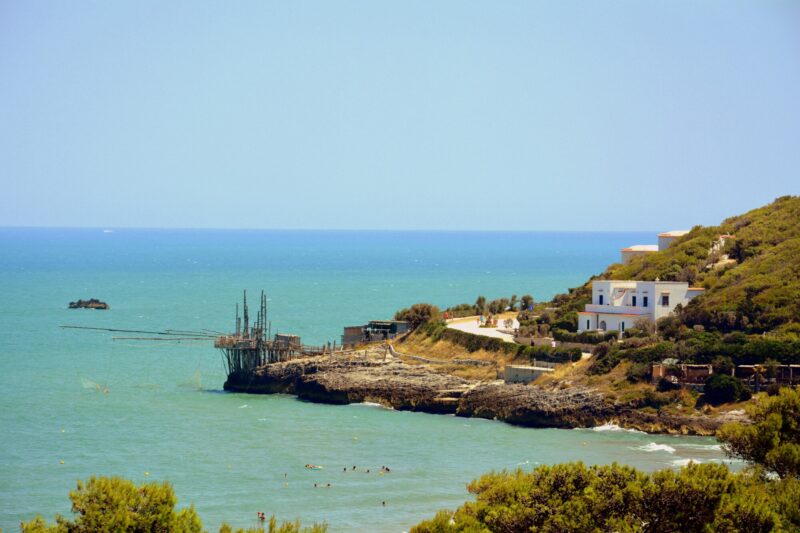By a show of hands (or likes!), who would love to own a beachfront home?
No surprises! There’s no doubt that most of us desire to have a seafront home. The only thing keeping this desire out of reach is money. With the average prices for beach homes ranging from $300,000 to $1 million or more, not many people can easily afford them.
But here you are. You’ve worked hard. Saved hard. Now you’re facing the prospect of snapping up a property in a coastal area. While buying a coastal home can be an exciting prospect, you shouldn’t rush to splurge the money.
Read this article for a list of things to consider before making the purchase.
1. Location
Location, location, location doesn’t just apply when you’re buying an inland home. It also comes in handy when you’re eying a coastal home.
You might be forgiven for thinking about a white, sandy beachline when someone mentions coastal homes, but the truth is there are many coastal locations in the United States, and most of the coast homes aren’t even along the beach line.
There are 30 coastal states. Some are along the Pacific Ocean, and others along the Atlantic, Gulf Coast, and the Great Lakes. There are various distinct characteristics that set these locations apart. For example, consider the cost of living in these locations before you settle on the ideal location to buy a beach house.
Coastal home prices also vary from coastal location to coastal location.
2. Your Needs
What do you want to do with your coastal home?
Perhaps you want it to be your primary residence or a personal vacation home. Or maybe it’s an investment property that you can rent out to vacationers when you’re not using it.
Your needs will have a big influence on your decision-making. For instance, if you’re buying a coastal home that will also double up as a vacation rental, you have to be intentional about buying a property that’s vacation-worthy.
3. Flood Risk
Living in the coastal areas, especially along the beach line, comes with unmatched tranquility. The views will never get old.
However, it’s not all beachy and rosy. The risk of flooding is high.
Before you make a purchase, ensure you’ve researched a property’s flood risk. With FEMA risk rating 2.0, homeowners and prospective buyers are now in a better position to understand a property’s flood risk, as well as the insurance costs that come with it.
In a nutshell, it’s going to cost you more to insure a coastal home. There’s homeowner’s insurance, and a separate flood insurance policy to buy if you want to adequately protect your investment.
In addition to the risk of floods, homes in coastal areas are subjected to harsh weather, such as strong winds and high temperatures, year-round. Be sure to thoroughly inspect the home (hire a professional) and establish the structural integrity of the property before you part with your hard-earned cash.
Buying a Coastal Home: Don’t Rush
Whether you can’t wait to wake up to ocean views or drive to the beach for a cold drink, owning a coastal home is a dream come true for many people. But don’t rush to make the purchase. As we’ve fleshed out, there are essential things to consider; otherwise, you could make costly mistakes.
Browse our blog for more real estate and homeownership insights.










